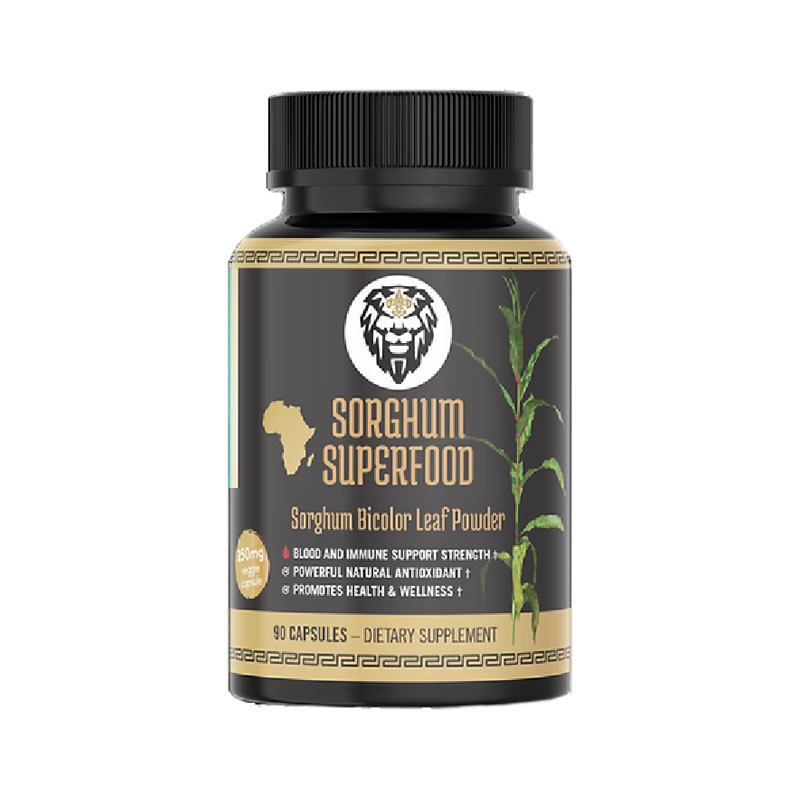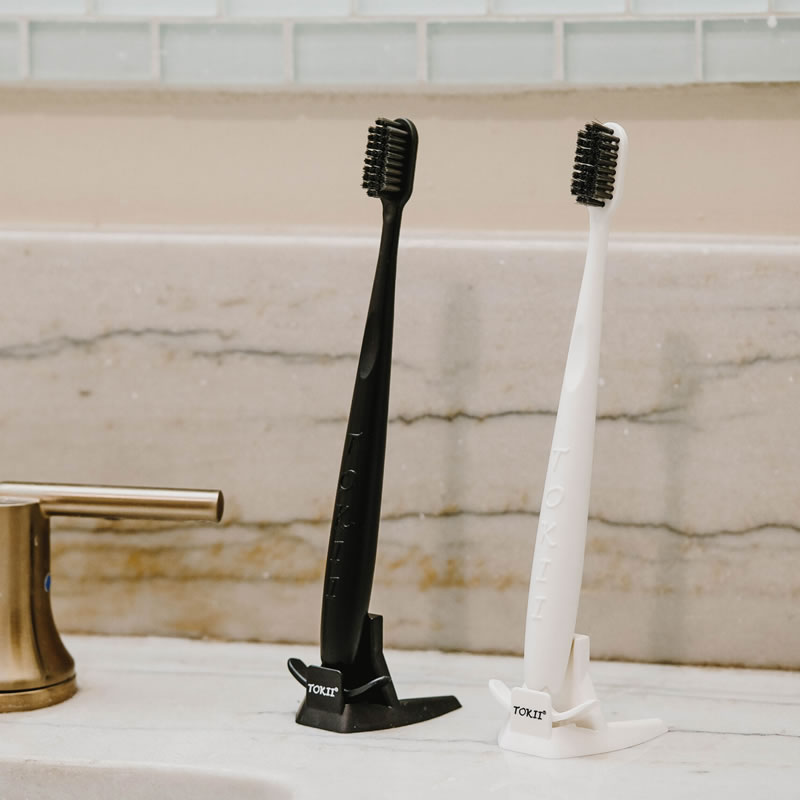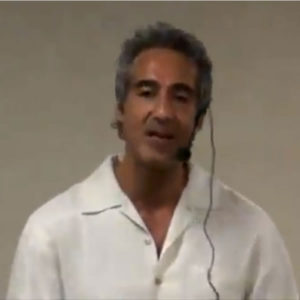Pictures this: a Chinese peasant is having a baby. She’s screaming and writhing with the pain all mothers have known since the beginning of time. A medical man comes into her room, sticks a couple of needles in a few strategic spots in her body and just like that her previously unbearable agony begins to lighten up. Within a few minutes her misery is but a memory.
 Or how about this: my brother, addicted to his Camel Lights, tries without success, to quit smoking. Over the course of 15 years and countless attempts to kick the habit, he’s still hooked. Yet an alternative health care professional sticks a few needles in his ear, and just like that, the addiction monkey is off his back. He hasn’t touched a cigarette in over two decades.
Or how about this: my brother, addicted to his Camel Lights, tries without success, to quit smoking. Over the course of 15 years and countless attempts to kick the habit, he’s still hooked. Yet an alternative health care professional sticks a few needles in his ear, and just like that, the addiction monkey is off his back. He hasn’t touched a cigarette in over two decades.
Another woman with chronic excruciating pain following a car accident can’t recall the last time she’s had a full night’s sleep. To make matters worse the pain and sleeplessness have caused a generalized sense of anxiety and depression. Within several months of weekly acupuncture treatments, she feels less discomfort in her extremities. Her right side becomes much more flexible and her range of motion is dramatically improved. And, on top of that her anxiety lessens and her depression is gone. Her friends say she looks healthier, and she seems like an all-around less nervous person.
Even your dog or cat can enjoy the benefits of acupuncture. Chinese nobility have been indulging their pets in the pin pricking procedure since the Jin Dynasty which began in the first century AD. More modern medicine men in the United States began needling various domesticated animals in the 1970’s and these days the American Veterinary Medical Association recognizes the legitimacy of acupuncture and if you’re fortunate you can even get your pet insurance to pick up the tab.
So, what is it about sticking metal pins in various places in the body in to the body that can create such dramatic biochemical changes and provide so many important health benefits?
To understand the functionality of the ancient eastern art of acupuncture, the electrical energetics of biological systems must be recognized. Bodies are highly electrical. The heart, brain, skin, muscle, bones, the various organs and glands are high-energy electrical systems. Their electrical energy is channeled through various transmission pathways called “meridians” and concentrated in nodes called “points”. These meridians and points are the targets for the needles that are inserted into the body.
The electrical system that is manifested in the points and meridians is linked to major mediating molecules of the body, the hormones and neurotransmitters (nerve hormones), which are directly responsible for everything that occurs in the body. By changing or disrupting the flow of electrical energy through the points and meridians, various hormonal effects can be modulated and manipulated. Pain and anxiety hormones can be diminished. The biochemicals that are associated with cravings and addiction can be reduced as well. Even more significantly, levels of neurotransmitters associated with calmness and happiness can be stimulated.
If you’re interested in getting acupuncture treatments you should be aware of the differences between acupuncturist licensing, and certification. Licensed acupuncturists have to complete over 2700 hours of training at a nationally recognized college of acupuncture. On the other hand, certified acupuncturists are required to have only 300 hours of training and education, much of which can be completed via home study. Licensed acupuncturists must have treatment experience with over 250 patients prior to licensing, while certified acupuncturists have no patient experience requirements. Finally, licensed acupuncturist must pass a national examination and complete continuing education courses to maintain their license. Neither of these stipulations applies to certified acupuncturists.


 This transition from the watery milieu inside a cell through the oily cell covering and into the outer cellular environment is regulated and facilitated by the chemical components of the membrane. And, of these chemical components, which include fats and proteins, none is more important than choline, a molecule that can have BOTH watery and fatty properties. This ambidextrous nature makes choline an ideal molecule for the membrane transition area.
This transition from the watery milieu inside a cell through the oily cell covering and into the outer cellular environment is regulated and facilitated by the chemical components of the membrane. And, of these chemical components, which include fats and proteins, none is more important than choline, a molecule that can have BOTH watery and fatty properties. This ambidextrous nature makes choline an ideal molecule for the membrane transition area.










